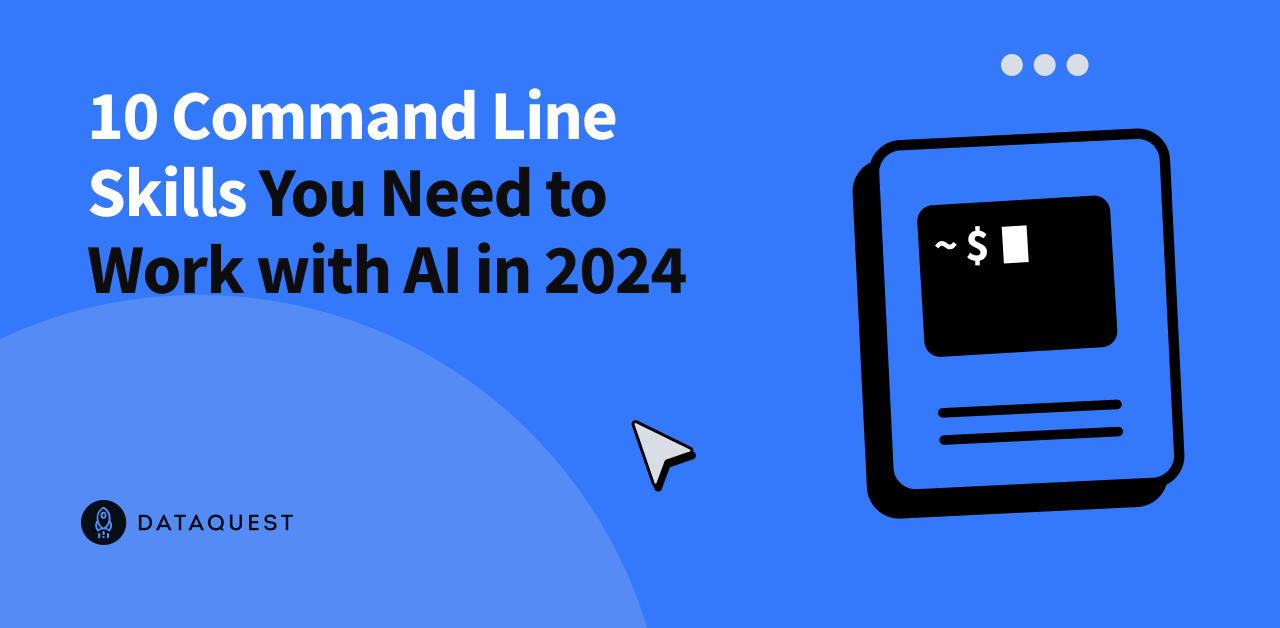When working with Large Language Models (LLMs), getting meaningful responses can be a challenge. The question then arises: how can you effectively prompt an LLM to label your data? Studies have explored two main approaches: zero-shot prompting, where the LLM is expected to provide a response without any examples, and few-shot prompting, which includes multiple examples in the prompt to guide the LLM’s response.
The debate over which approach yields better results varies among researchers. Some prefer few-shot prompting, while others lean towards zero-shot prompting. It is important to consider what works best for your specific use case and model.
If you are unsure where to start with prompting, resources like LearnPrompting by Sander Schulhoff & Shyamal H Anadkat can provide guidance on basic and advanced techniques.
LLMs are sensitive to even minor changes in the prompt, with a single word alteration potentially affecting the response. To address this variability, some studies suggest using multiple prompts with similar meanings and averaging the results. Alternatively, exploring automated prompt optimization tools like DSPy, as discussed in Leonie Monigatti’s blog post, could be beneficial.
When selecting a model for labeling your dataset, several factors need to be considered. These include whether to opt for open-source or closed-source models, the presence of guardrails to prevent harmful content, the model’s size, potential biases, temperature parameters, language limitations, and the ability to provide natural language explanations.
It is essential to be mindful of biases in LLM responses, as larger models may show superior performance but also exhibit cultural biases. Additionally, language limitations and the need for human reasoning and behavior in natural language explanations highlight the complexity of using LLMs in annotation tasks.
In conclusion, choosing the right prompting approach and model for your specific needs requires careful consideration of various factors to ensure accurate and unbiased labeling of your dataset.
Source link






















